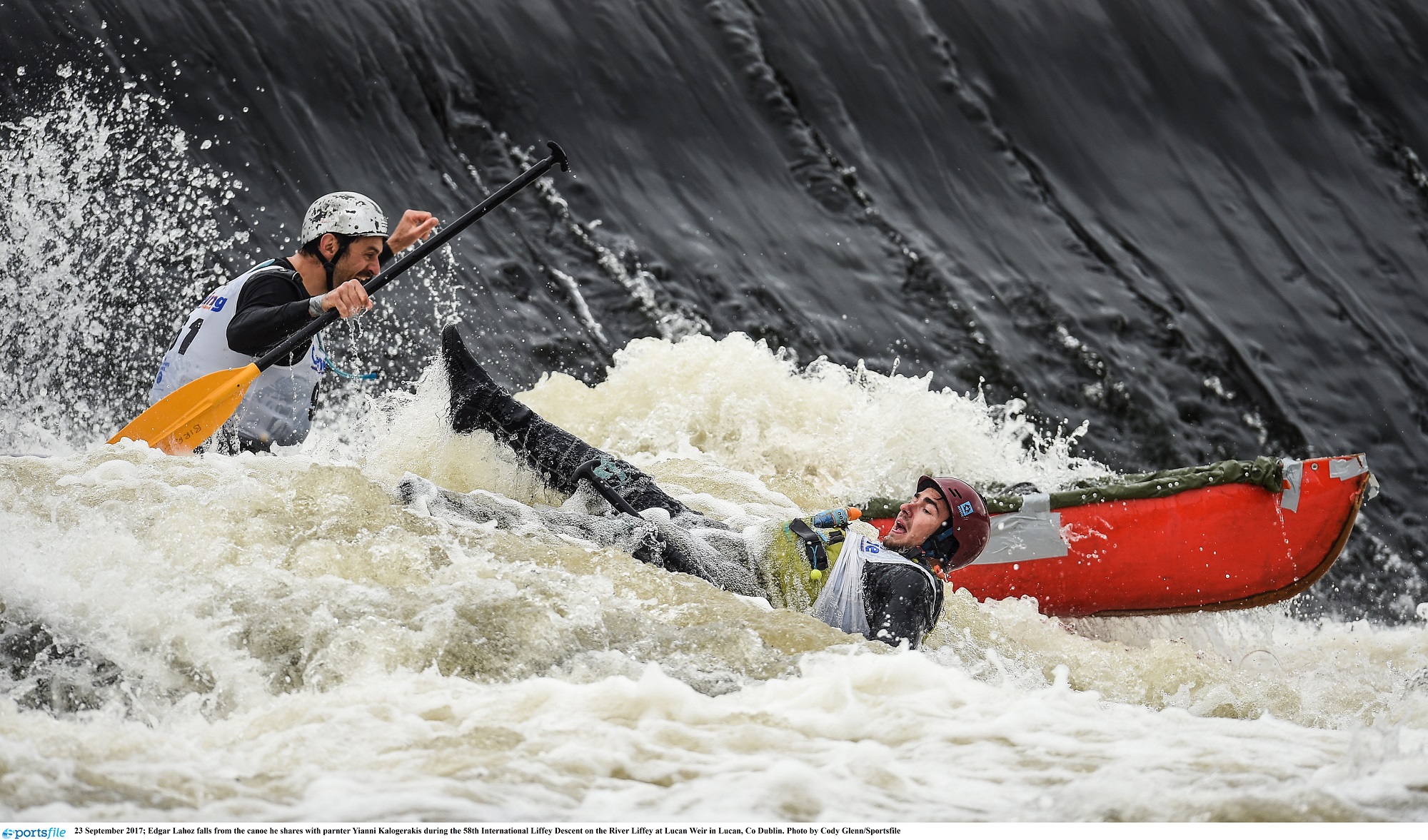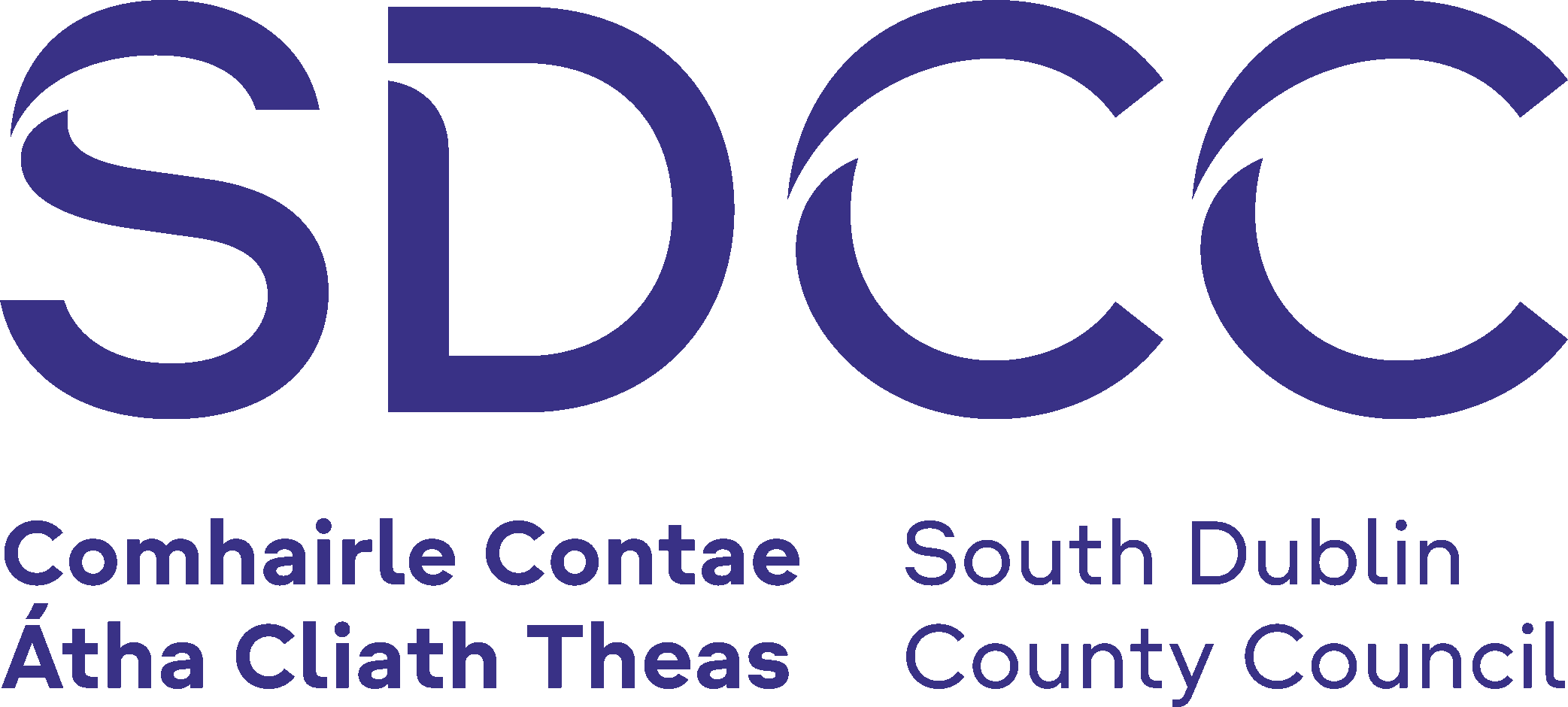
News
60th International Liffey Descent descends on Lucan
Major event supported by South Dublin County Council’s tourism brand Dublin’s Outdoors
Ireland’s iconic canoe marathon race, the Liffey Descent, celebrates the 60th race this year and the international event takes place this Saturday 14 September making its way down the river through Lucan in South Dublin.
Paddlers will test their skills as they negotiate 10 weirs and 1 portage along the 32 kilometre stretch of the River Liffey from the starting point at the K Club in Co. Kildare to the finish line at the Garda Rowing Club, Islandbridge, Dublin.

Lucan village itself is the gateway to the River Liffey in Dublin and the river, which runs parallel to the village, offers the spectator many opportunities. The river can be accessed from the village at Lucan Bridge, the largest single-span masonry arch bridge in Ireland. It is also possible to explore the River Liffey at Lucan Demesne Park, which is a five minute walk from the village centre and connects onwards to St Catherine’s Park and into Leixlip. There is a white water slalom course at this location and it a great spot to see canoeists manoeuvre around the river’s natural obstacles.
“Much like major running races such as the Dublin Marathon there will be a mix of international paddlers in racing classes and those who are taking part for the experience”, said Shane Cronin of the Canoe Centre, Palmerstown, who is engaged by Canoeing Ireland and race coordinator of the 60th International Liffey Descent. “Many canoe clubs from home and abroad attend the event, returning year after year, adding to the fun and experience of the entire race weekend.”
The event starts at 12pm at the K Club in County Kildare wit the bulk of the competitors expected through Lucan between 1 and 3pm. There will be live tracking on the day and this can be accessed via the Live Tracking facility at https://liffeydescent.ie/competitor-info/
The race is being supported by South Dublin County Council’s tourism brand Dublin’s Outdoors through its Tourism Event and Festival Grant. The grant scheme makes funding available to businesses and community groups across South Dublin County to support key priority areas such as cultural, food, sports and activity based tourism aimed at growing the visitor economy. The aim is to fund innovate events/festivals that will be supported by local businesses and communities and which will add value to our tourism product.
ENDS
For more information, contact South Dublin County Council Communications Unit at communications@sdublincoco.ie
FOR THE EDITOR
About the Liffey Descent
At the very first Dublin Boat Show in 1960 a short canoe race took place on the River Liffey as part of the programme. From this small beginning emerged the annual Liffey Descent canoe marathon which attracts paddlers from all corners of the globe and is now a major event of the international marathon racing calendar.
The Liffey Descent can be followed on their social platforms @liffeydescent or see more on the event website www.liffeydescent.ie
About Dublin’s Outdoors
Make Dublin’s Outdoors your destination by escaping to nature on the city’s edge with Dublin’s Outdoors guide to great things to see, eat and do on www.dublinsoutdoors.ie
Unlock the treasures, places and stories of Dublin’s Outdoors and experience Dublin’s attractions. Don’t be content to explore Dublin’s Outdoors at surface level — there’s so much more waiting to be discovered. We would love to share Dublin’s Outdoors with you.
About South Dublin County Council
South Dublin County Council is one of four local authority areas in the Dublin region.
The Council provides and funds a broad range of services including housing, roads, walking and cycling routes, parks and playgrounds, libraries, sports facilities, litter control, arts centres, enterprise units, fire services, community infrastructure and financial support. It also serves as a platform for local democracy with 40 councillors spread across seven electoral areas.
Bounded by the River Liffey to the North and the Dublin Mountains to the South, the County lies 16 kilometres south-west of Dublin city centre and has an administrative footprint of 223sq. kilometres. The County has nine main villages Clondalkin, Lucan, Palmerstown, Rathfarnham, Tallaght, Templeogue, Saggart, Rathcoole and Newcastle and is bounded by adjoining counties of Wicklow, Kildare, Dublin City, Fingal and Dún Laoghaire.
Next Item
